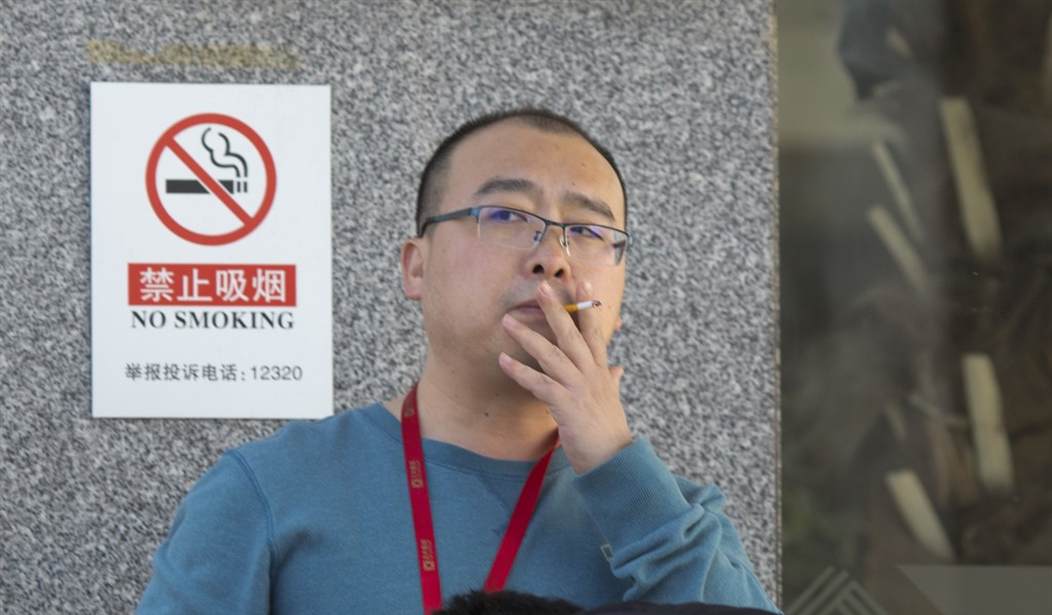Twenty-five years ago, California enacted Proposition 10, one of the most aggressive anti-smoking campaigns in the country, referring to tobacco, not marijuana. Called the First Five program, it sharply increased taxes on cigarettes and directed much of the proceeds to a variety of programs and new agencies aimed at helping young families who are raising children. These included things such as preschools, pediatric healthcare, and literacy projects. It has been widely considered a success. But there is a growing problem with this project. It’s apparently been too successful. Smoking rates have dropped considerably in the state, but so too has the revenue for the Proposition 10 programs. That trend recently accelerated further with the state’s passage of a ban on flavored tobacco products. As Jenny Gold reports in the Los Angeles Times, this is one of those “good news, bad news” situations that advocates are having a hard time wrapping their heads around.
Thanks in part to higher taxes, there are far fewer smokers in 2023 — a public health success story. But the downside is that there’s less money to distribute to programs for kids.
Funding peaked in the first year of the First 5 program and has been declining steadily since then. Now that decline is accelerating under Proposition 31, the flavored tobacco ban passed by voters last year.
Over the next two years, First 5’s revenue is expected to take a 20% nosedive and the agencies are already feeling the hit, especially those in smaller counties. Some, such as First 5 Butte County, have already started cutting services. Bigger regions, such as First 5 LA in Los Angeles County, are slimming down their offerings, and hoping to shift some of the programs they once funded to county agencies. In the case of L.A.’s early preschool expansion, the work has largely been done.
This story highlights some of the many problems with these so-called “sin taxes” that liberal legislatures love to pass. Trying to modify human behavior through financial punishment doesn’t exactly make you popular to begin with. But it also leaves the state in a condition of being increasingly reliant on revenue that is entirely generated by legal public activities that they claim to be trying to stamp out.
The specific tobacco situation in California is even more self-defeating when you look into the details. I’m not arguing in favor of smoking as any sort of healthy activity that shouldn’t be reduced, but we also have to admit that nicotine is at least as addictive as heroin if not more so. California’s new bans not only go after flavored tobacco, but they’ve also been working to suppress nicotine vaping products, particularly those that are flavored.
In case nobody bothered to inform the legislature, vaping is one way for people to stop smoking regular tobacco and it’s been remarkably successful for many (though not all) people. If you make those products too expensive or ban them entirely, they’ll just go back to smoking again. And if you ban flavored tobacco (a move that disproportionately affects minority communities, by the way), people will grumble, but the majority will just switch from Newports to Marlboro. So if you’re goal was actually to improve people’s health rather than simply fatten the state government’s coffers, you’re not doing a very good job.
So what happens to all of these First Five programs if tax policy and bans continue to drive down sales? The Times asked Jackie Thu-Huong Wong, executive director of First 5 California. He said, “I hate to sound so dark. But I don’t foresee a future without First 5.”
The California legislature should really take a look at that report and take a pause for thought. What problems are you actually trying to solve here? And who will ultimately wind up paying the price if you screw this up? That much really should be a mystery, even for Democrats.








Join the conversation as a VIP Member